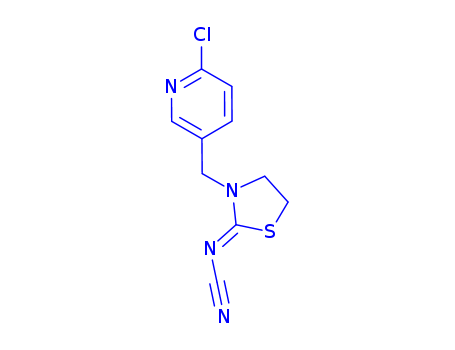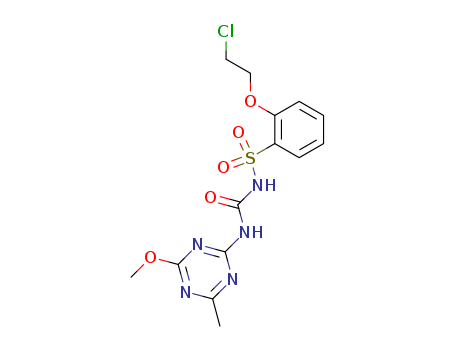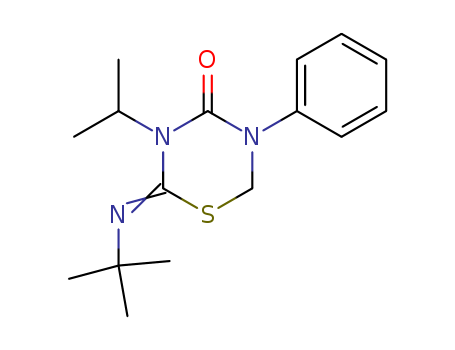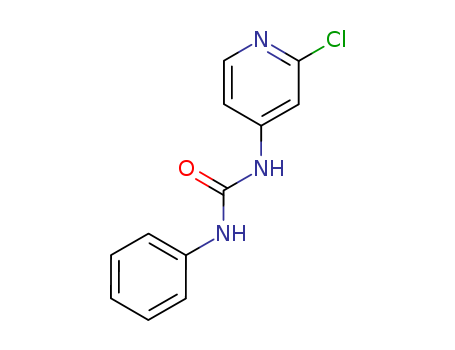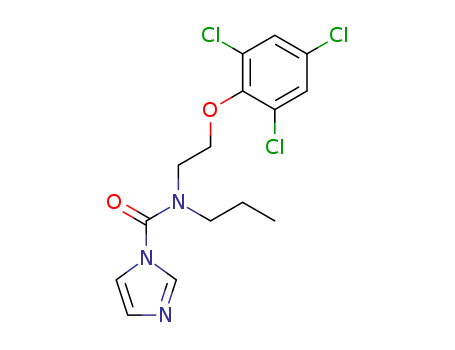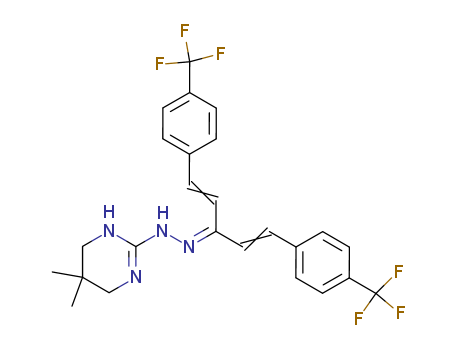Superiority
1.Common nameThiacloprid
2.Chemical name3-((6-Chloro-3-pyridinyl)methyl)-2-3.thiazolidinylidene)cyanamide
4.Molecular formul
Speci…
Details
1.Common nameThiacloprid2.Chemical name3-((6-Chloro-3-pyridinyl)methyl)-2-3.thiazolidinylidene)cyanamide4.Molecular formul
SpecificationsNicotine insecticide in paddy rice, cotton, potato,cereals Broad spectrum of sucking and chewing insects. Thiacloprid 97%TCCommon nameThiaclopridChemical name3-((6-Chloro-3-pyridinyl)methyl)-2-thiazolidinylidene)cyanamideMolecular formulaC10H9ClN4SCharacteristicsThiacloprid has high effective systemic,contact and stomach poision function.It can kill sucking pest chewing pest especially. Stability Thiacloprid is safe to the mammals and it falls in the Toxicity class WHO (a.i.) II Thiacloprid disappears rapidly from the environment with a half-life ranged from 9 to 16 days in soil measured under field conditions. Thiacloprid is slightly mobile in soil and hence it has no potential for leaching into ground water. In the aquatic environment Thiacloprid undergo rapid biotic degradation with half-life in the total system of 12 to 20 days. From the low vapour pressure and the relatively high water solubility the potential for volatilization is also negligible. The above facts established that Thiacloprid is safe to the environment.Specification 97%TC,48.8%SC,48%SC,70%WDG UsesThiacloprid, a new chloronicotinyl insecticide, is targeted to control sucking and biting insects in cotton, rice, vegetables, pome fruit, sugar beet, potatoes and ornamentals. Pests controlled include aphids, whitefly, beetles and lepidoptera such as leaf miners. It acts as acute contact and stomach poison, with systemic action. It disrupts the nervous system by acting as an inhibitor at nicotinic acetylcholine receptors. Specification Project nameTarget requestThiacloprid content ,%97.5minWater,% 0.5maxRange of pH 5.0-8.0Insolubles in acetone,%1.0max


